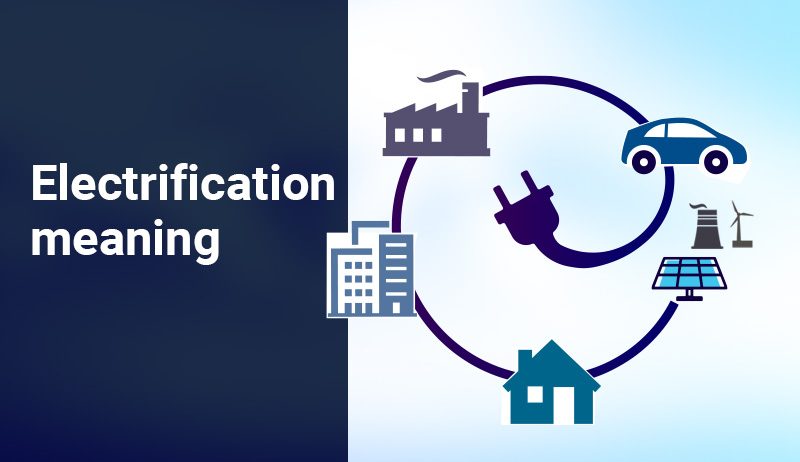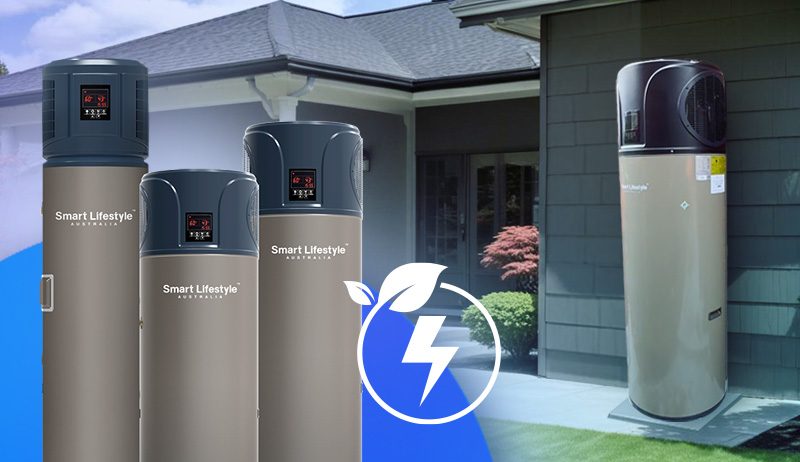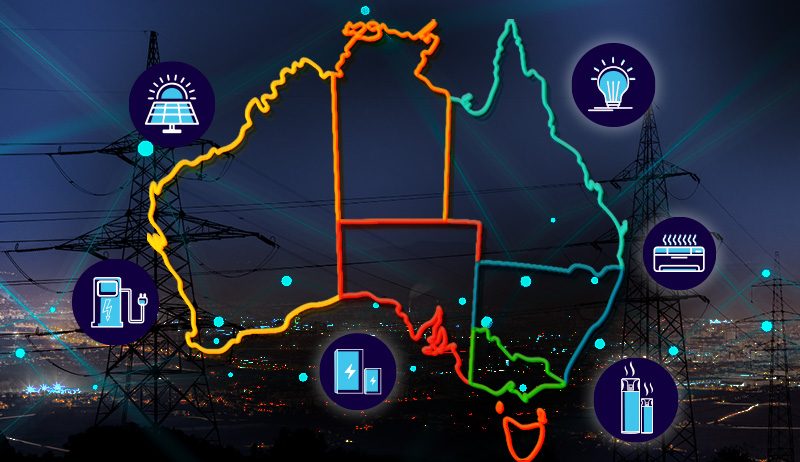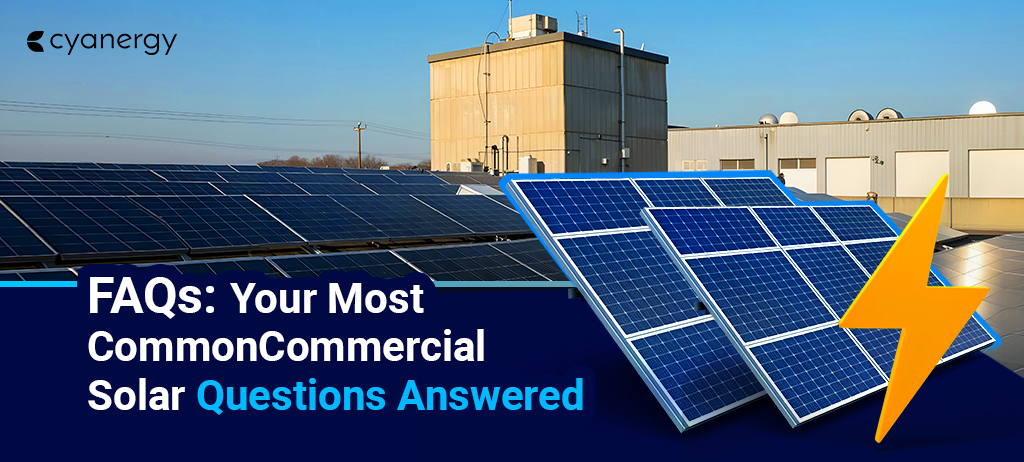Electricity is not just a convenience but a fundamental part of our daily lives, powering everything from our phones to home appliances. Understanding the truths about electrification and debunking the myths about it is crucial.
But even though it’s so helpful, many things about electrification still need to be clarified. Today, we will debunk the top 5 myths about electrification with the latest 2024 edition.
Electricity is essential for everyone today, and we depend on it so much that we often don’t even think about it. We flip a switch or press a button and expect lights, appliances, and electronics to work instantly.
Electrification Meaning
In simple terms, electrification means replacing things that run on fossil fuels, like petrol or coal, with things that run on electricity. This shift can occur in many areas, from transportation to heating and factories.
For example, electrification involves using electric cars instead of gasoline-powered ones. It’s a way to use cleaner energy, such as wind, solar, or water power, instead of fuels that harm the environment.
Electrification is not just about replacing fossil fuels with electricity. It’s a transformative process that helps lower carbon emissions, cleans the air, and makes energy use more sustainable and efficient, thereby improving our environment and quality of life.
Electrification involves bringing electricity to places that weren’t available before or expanding its use in areas where it already exists.
It can involve setting up power lines, installing transformers, and creating the infrastructure to deliver electricity to homes, businesses, and factories.
Electrification aims to provide reliable access to electricity, enabling people to use electric-powered devices and machines, which can significantly improve their quality of life.
For example, electrification allows communities to have electric lights, refrigerators, and access to information through devices like computers and smartphones.
It also plays a crucial role in modernising industries, supporting economic growth, and reducing reliance on non-renewable energy sources like coal or gas, which can harm the environment.

Future of Electrification in Australia, 2024
Electrification in Australia is all about the country’s efforts to shift from using fossil fuels, like coal and gas, to using electricity as a primary energy source. This change occurs across various parts of the economy, including transportation, homes, and industries.
Australia has relied heavily on fossil fuels for many years. Still, with growing concerns about climate change and the environment, there’s a solid push to use cleaner, renewable energy sources like solar, wind, and hydroelectric power.
Australia is seeing more electric cars on the roads this year as people switch from traditional gasoline-powered vehicles to electric ones. This is part of a broader effort to reduce the carbon emissions contributing to global warming.
The government and private companies are working together to build more charging stations and improve the infrastructure needed to support these electric vehicles, making it easier for people to switch.
Electrification means using electricity for heating, cooling, and cooking instead of gas or other fossil fuels in homes and businesses.
More Australians are installing solar panels on their rooftops to generate their electricity, which is cleaner and helps reduce energy bills.
There’s also a growing trend of using electric heat pumps for heating and cooling, which are more energy-efficient and environmentally friendly than traditional systems.
Industries in Australia are also moving towards electrification. Factories and other large-scale operations increasingly use electric machinery and equipment that can be powered by renewable energy.
This transition helps reduce the country’s overall carbon footprint and supports Australia’s goal of becoming a leader in renewable energy.
Top 5 Myths About Electrification Debunked
Myth #1: Heat Pumps Don’t Work in Cold Climates

False! Heat pumps do work in cold climates. Technological advancements allow the latest air-source heat pumps to work efficiently even when temperatures drop.
This is just one example of how technology constantly improves and debunks myths about electrification.
New advancements in heat pump technology also allow for better integration with backup electric heating, providing extra reliability in freezing climates.
Contact Cyanergy for the best heat pump hot water system at convenient prices!
Myth #2: The Grid Can’t Handle Mass Electrification
The grid can handle mass electrification if we invest in expanding and improving it as we move toward using more electricity for everything. Rooftop solar is helping to meet some of this demand.
This smart technology can also help with electrification upgrades, such as electric vehicles and heat pumps, without requiring significant changes to the infrastructure.
Myth #3: Gas Is More Reliable During a Power Outage
Not true. Most fossil fuel appliances still require electricity, so power outages can also affect them. For example, a gas furnace won’t provide heat during a power outage because parts like the fan require electricity.
Plus, many gas furnaces have safety features that automatically shut off the gas without power, so the stove won’t work. We must also move away from them because of their impact on health.
Myth #4: Electrification Will Increase the Price of Electricity
False. Electrification could lower electricity prices for everyone. While we will need to invest in some parts of the grid to handle higher demand, the increased use of electricity means the costs of the existing grid can be spread over more users, which could reduce prices.
As the energy system evolves with more renewable energy, better storage, and smarter operations, it will be able to handle more demand efficiently, reducing the need for new investments.
Myth #5: Electric Vehicles Have Limited Range and Take Too Long to Charge
False. While most electric vehicles (EVs) don’t travel as far on a full charge as a car on a full gas tank, they still provide enough range for daily commuting and other regular trips.
Fast-charging stations have also become more common, making it easier to charge quickly. Charging an EV from a regular power outlet can be slow, but it works well for people who can leave their car to charge overnight.
Is Electrification Expensive?
The cost of electrification can differ based on various factors.
Installing solar panels on your roof or switching to electric heating systems can also require a significant investment. However, these costs are often balanced over time by the money you save on fuel, energy, and maintenance.
Another thing to consider is the cost of building the infrastructure required for electrification. This includes setting up charging stations for electric vehicles, upgrading the electricity grid, and installing renewable energy sources like wind turbines or solar farms.
Governments and companies are not just bystanders in the electrification journey. They are active participants. They are helping to make electrification more affordable.
Many governments offer incentives, like tax credits or rebates, to help people buy electric cars or install solar panels. This support is a clear sign that electrification is not just a trend. It’s a movement that is here to stay.
In the long run, electrification saves money for both individuals and society. Renewable energy sources like solar and wind are becoming cheaper to produce, and as technology improves, the costs associated with electrification will likely continue to drop.
Electric vs Fossil Fuel Costs
There are a few key things to consider when comparing electric energy costs to fossil fuels.
For instance, an electric car generally costs more upfront than a petrol car. Similarly, installing solar panels on your house can be a significant investment compared to using traditional electricity from fossil fuels.
However, in the long run, electricity often ends up being cheaper. Electric cars cost less to run because electricity is usually less expensive than petrol or diesel.
Solar panels can significantly reduce or even eliminate your electricity bills because they let you generate power from the sun. Over time, these savings can make up for the higher initial cost.
On the other hand, fossil fuels have ongoing costs that can add up over time. Petrol prices can go up and down, regularly getting more expensive due to market changes, making running a gasoline-powered car pricier.
There’s also the environmental cost to consider. Fossil fuels cause pollution and contribute to climate change, leading to health problems and environmental damage.
Electric options, especially those powered by renewable energy like wind or solar, have much less impact on the environment, which can lead to savings in healthcare costs and environmental clean-up.
Australian Energy Transition

Australia has much work to do to catch up with other countries in the shift to electric vehicles (EVs).
However, things are starting to change. The Federal Government is working on its first National EV Strategy, a significant step forward.
They also recently announced Fringe Benefits Tax (FBT) exemptions to encourage salary-sacrificing programs, which can save people between $3,000 and $5,000.
Different state governments in Australia offer various incentives and policies to promote electric vehicles. These include discounted registration, upfront rebates, interest-free loans, and tax exemptions.
The Australian Capital Territory (ACT) is leading the way, with plans to stop selling petrol and diesel vehicles by 2035 and aiming for 80-90% of vehicle sales to be electric by 2030.
New South Wales (NSW) and Victoria are also setting targets for 2030, with goals of having 52% and 50% of all light vehicle sales be electric, respectively.
We have the best electric products lined up for you! From a heat and hot water system to LED lights to solar panels and storage, we’ve got you covered. Contact Cyanergy today for a free quote!







